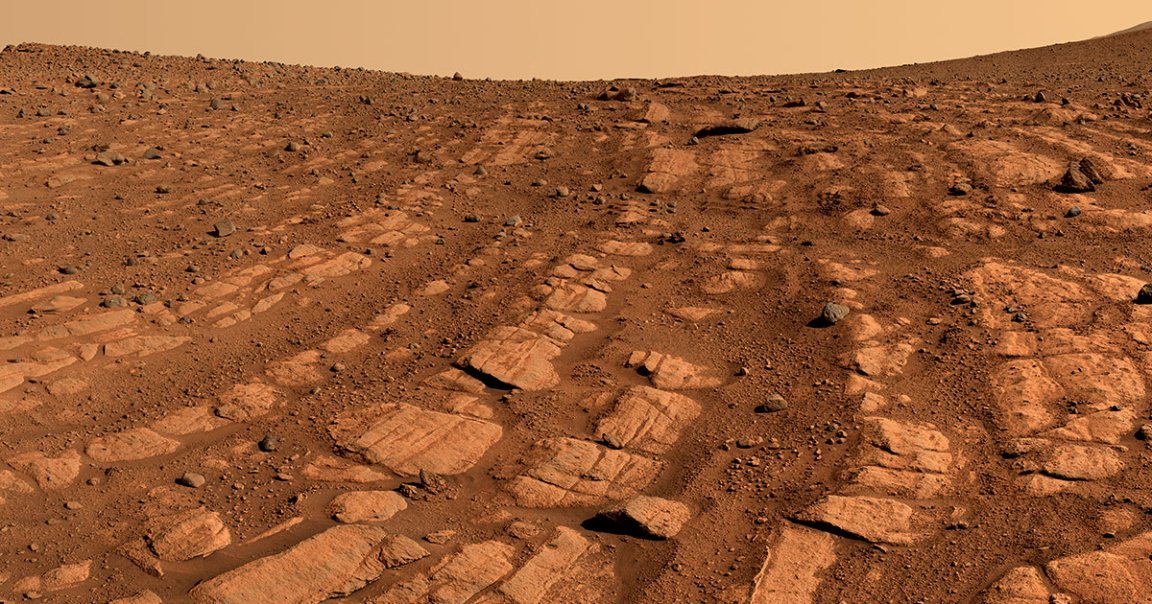
Red Water Rafting
NASA’s Mars Perseverance rover has found what scientists suggest could be evidence of a raging, fast-moving river that flowed on the Martian surface billions of years ago.
Before the loss of most of its atmosphere, early Mars is believed to have been a watery world, featuring lakes and oceans. This new evidence, however, suggests that some of these waterways were far more ferocious than previously thought.
The exciting new discovery could lead scientists to rethink what we know about the Red Planet’s ancient environment. And most excitingly, it could even aid us in our efforts to probe the planet for signs of ancient life.
High-Energy River
While traversing the edge of the Jezero Crater, a suspected dried-up lake bed that Perseverance has been exploring for more than two years now, the rover discovered a “fan-shaped pile of sedimentary rock that stands 820 feet tall and features curving layers suggestive of flowing water,” according to a NASA statement.
That means some of the shallow streams scientists believe to have cut through the Martian surface billions of years ago may have been raging rivers instead.
Massive panoramas stitched together from hundreds of images taken by Perseverance revealed new details, including grains and cobbles, that helped the scientists bolster their conclusion.
“Those indicate a high-energy river that’s truckin’ and carrying a lot of debris,” said Libby Ives, a postdoctoral researcher at NASA’s Jet Propulsion Laboratory, in the statement. “The more powerful the flow of water, the more easily it’s able to move larger pieces of material.”
Anomalously Tall
Needless to say, scientists are still left with plenty of questions. For one, we still don’t know what such a river could have once looked like. It could be either a snakelike river like the Mississippi or a river that forms multiple channels that are separated by banks of sand.
Some of these layers of different deposits spotted by Perseverance are also “anomalously tall for rivers on Earth,” according to Ives, stretching up to 66 feet. “But at the same time, the most common way to create these kinds of landforms would be a river.”
The scientists are now hoping to continue studying Perseverance’s images, and to scan the ground with the rover’s radar instrument.
“What’s exciting here is we’ve entered a new phase of Jezero’s history,” said Perseverance’s deputy project scientist Katie Stack Morgan in the statement.
“We’re thinking about rivers on a different scale than we have before,” she added.
More on Perseverance: NASA’s Mars Rover Perseverance Just Dropped Off Its Last Sample